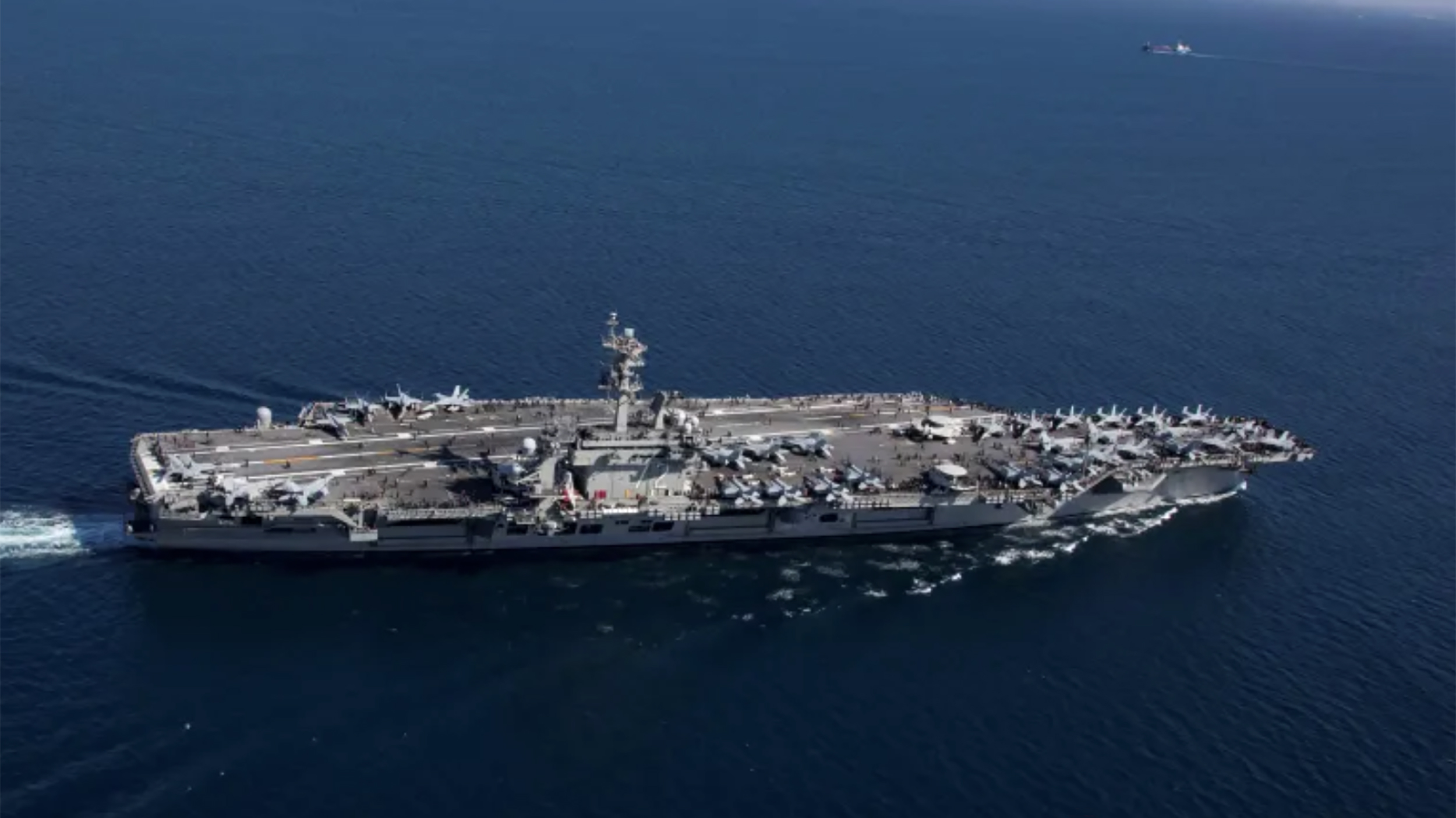
Since 7 October 2023, fighting between Israel and the axis of resistance forces supporting the Palestinian resistance in Gaza has been governed by tacit rules of engagement: avoid damage to civilians and civilian installations and confine military actions to aerial bombing. But Israel’s assassination of Ismail Haniyeh in Tehran and Hezbollah commander Fouad Shukr in Beirut, as well as the bombing of the Yemeni port of Hodeida, blew up this implicit agreement. While it is unclear whether Iran, Hezbollah and the Houthis will respond as a united front, leaders have said that a harsh response is inevitable. Both Hezbollah and Iran fear that if they do not restore deterrence, it will only encourage further Israeli incursions and assassinations.
These developments make it clear that Israeli Prime Minister Benyamin Netanyahu wants to alter the rules of engagement because he believes that the status quo will not achieve his objectives. Given the failure to defeat Hamas militarily, bringing back the hostages and ending attacks by the axis of resistance requires a political settlement, but this would leave Hamas and axis of resistance forces intact and spur his far-right allies to bring down his government.
Nor does the status quo serve Israel’s relations with its Western allies. The Biden administration wants to wind up the war in Gaza before the presidential election and has thus intensified its pressure on Netanyahu to make a deal.
A political settlement poses a long-term strategic dilemma for Israel. It can no longer subdue its enemies by force or economic favour. Its sole remaining option is overwhelming force that would compel Palestinians to leave or accept life under an apartheid regime. The obstacle is Hamas’s survival as an armed force and the support of Iranian-allied factions for the Palestinian resistance. In the event of a long-term ceasefire, they will continue to strengthen their combat capabilities, thus deterring Israel from launching another war in the future with the aim of bringing the Palestinians to heel.
Accordingly, Netanyahu sees his best bet as driving a wedge between the resistance in Gaza and its supporting forces on other fronts. With Israel’s attacks on Hezbollah, the Houthis and the Iranian interior, it is giving the latter a choice: end their support for the resistance in Gaza or risk an all-out war. All this suggests that Israel’s attacks on the support fronts are not one-off actions undertaken by Netanyahu, but rather a long-term strategy of the Israeli leadership, to facilitate Israel’s drive to subjugate the Palestinians and impose its conditions by force.
In contrast, Iran and the support fronts want the link between the Palestinian resistance and the support fronts to be part of the new balance of deterrence. To this end, they must respond in kind to Israeli attacks, in the hope that the steep cost and risk of wider war will force Israel to accept the new reality. As Hezbollah’s Secretary-General Hassan Nasrallah explained, Israel’s elimination of the Palestinian resistance would threaten Lebanese national security and Arab and regional security.
In light of these dynamics, the conflict could play out in one of three ways:
First, Israel may still be forced to de-escalate if the response from axis of resistance forces inflicts severe damage and Israeli defence systems fail. Israel will likely want to escalate, but its allies may refuse to be drawn into a regional confrontation. Fearing the implications of wider war for the presidential election and its regional presence, the United States may compel Israel to make a deal. This scenario is possible but unlikely.
Second, the conflict may spiral into all-out regional war if the axis of resistance’s response embarrasses the Israeli leadership and shocks the American public enough to guarantee US backing for a devasting Israeli counter-response. This could unleash havoc across the region; US bases will be targeted and Russia may step in to support Iran. A war would also disrupt supply chains and the energy market, driving up prices globally. This is the least likely scenario as most parties are keen to avoid these repercussions.
The third possibility is a large-scale war of attrition. Netanyahu may launch attacks after each response from the axis of resistance forces, but they will most likely be limited in time, place and cost, setting in motion a new war of attrition. This would serve Netanyahu’s agenda because it creates the war-time conditions that justify his continuation in power and the efforts to sever the Palestinian resistance from supporting regional forces. It also ensures the continued flow of US support to confront the standing threat without requiring him to conclude a ceasefire. This, combined with the axis of resistance’s desire to avoid an all-out war, makes this scenario the most likely.
*This is a summary of a policy brief originally written in Arabic available here.